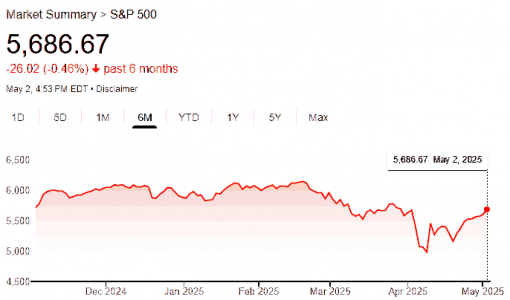The S&P 500 has entered correction territory 56 times since 1950, according to data compiled by Truist Financial experts.
Of those 56 times, stocks were higher a year later about 88% of the time, but, in the seven times stocks had declined, six coincided with a recession –showing markets are influenced by the economy's overall trajectory.
So, who decides when the US is in a recession? Eight economists who serve on the Business Cycle Dating Committee within the National Bureau of Economic Research (NBER), a nonprofit research organization not affiliated with the federal government known, make the call.
The eight economists are appointed by the NBER president James Poterba, who has held the position since 2008, after consultation with committee chairs and the nonprofit’s board of directors.
The committee has maintained a chronology of U.S. business cycles since its creation in 1978. Without an alternate chronology compiled or published by the U.S. government, the committee became the go-to source for formally identifying recessions. The NBER has not yet declared a recession, but the bureau only calls recessions months after the fact, when backward-looking data indicates one has begun.
NBER

